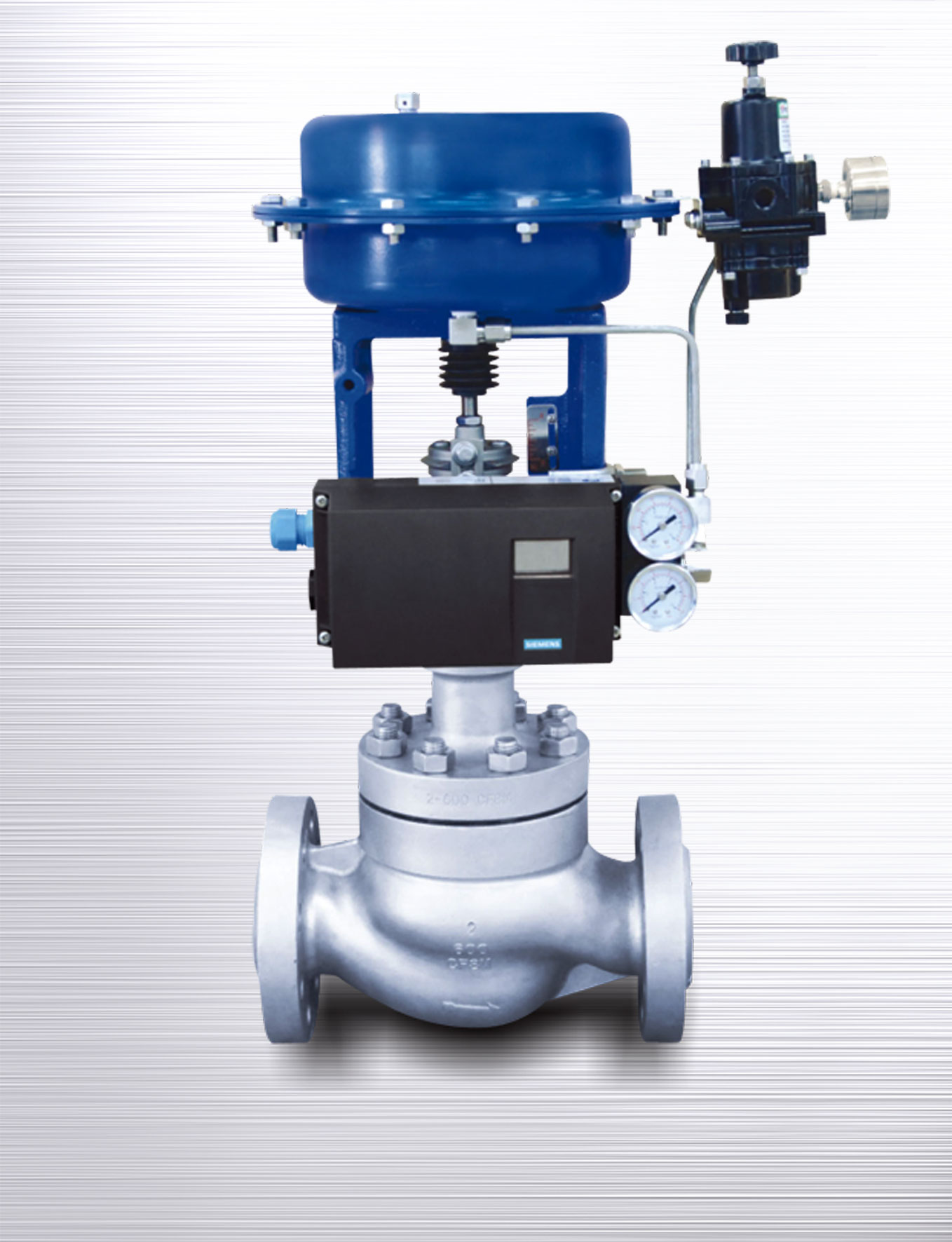Picking the Right Control Valves: A Guide to Optimal System Efficiency
Picking the Right Control Valves: A Guide to Optimal System Efficiency
Blog Article

Maximize Power Savings and Comfort With Advanced Structure Automation Controls
In the realm of modern style and center monitoring, the integration of advanced structure automation regulates stands as a pivotal development. The convergence of technology and sustainability has birthed a new period where power efficiency, convenience optimization, and operational streamlining are no more attainable realities yet far-off aspirations. By taking advantage of the power of automation, buildings can adjust, react, and progress in methods that were as soon as unbelievable. The possibility for significant power cost savings and enhanced convenience is not just a possibility yet a pledge waiting to be met. This standard change in structure administration holds the vital to unlocking a globe where environmental conscientiousness and passenger well-being sympathetically exist side-by-side within the wall surfaces of our structures.
Power Performance Perks
Power effectiveness benefits can significantly lower power consumption and functional prices in buildings. Energy-efficient systems, such as advanced structure automation controls, can optimize the use of resources like cooling, home heating, and illumination, leading to lower energy expenditures over time.
Furthermore, boosted power performance can prolong the lifespan of building tools and systems. By running a lot more effectively, heating and cooling systems, lighting fixtures, and other structure elements experience less wear and tear, causing reduced maintenance and substitute expenses. Furthermore, energy-efficient structures typically regulate greater residential or commercial property values and rental prices, supplying long-lasting financial benefits to owners.
In addition, energy efficiency can boost owner comfort and performance. Properly regulated indoor environments with optimum illumination and thermal conditions develop a more pleasurable and helpful work area, bring about improved staff member complete satisfaction and efficiency. On the whole, the energy performance benefits connected with advanced building automation controls are complex, incorporating price savings, ecological stewardship, and owner well-being.
Boosted Comfort Control
Enhancing convenience control in structure atmospheres calls for a sophisticated assimilation of sophisticated automation systems for optimum occupant wellness. By using advanced structure automation controls, facilities can tailor the interior setting to meet the particular needs and preferences of residents. control valves.
By incorporating these advanced controls, buildings can not just enhance comfort yet also improve energy performance by optimizing system procedures based on real tenancy and use patterns. Inevitably, prioritizing resident comfort with sophisticated automation systems leads to a much more enjoyable and much healthier interior environment.
Operational Effectiveness Improvements

Additionally, the implementation of real-time monitoring and analytics tools enables structure operators to identify power ineffectiveness and operational abnormalities quickly. By continually keeping an eye on energy usage patterns and system performance metrics, adjustments can be made in real-time to maximize energy intake and make sure peak functional effectiveness. control valves. In addition, integrating need feedback methods right into structure automation controls can additionally enhance operational performance by dynamically adjusting energy use based on grid conditions and prices signals
Indoor Climate Optimization
Effective indoor climate optimization is a fundamental element of structure automation controls, making sure owners' convenience and wellness while optimizing power savings. By using sophisticated sensing units and controls, constructing automation systems can continually readjust and keep track of temperature level, moisture levels, air quality, and air flow to develop an ideal interior setting. Maintaining comfortable and consistent conditions not only boosts passenger satisfaction but also increases efficiency and total wellness.
Indoor environment optimization likewise plays a vital duty in power efficiency. By fine-tuning cooling, helpful resources home heating, use this link and ventilation systems based upon real-time information and occupancy patterns, constructing automation controls can considerably reduce power consumption - control valves. Executing approaches such as demand-controlled air flow and thermal zoning can help decrease energy waste while guaranteeing that each location of the structure obtains the necessary conditioning.

Sustainable Atmosphere Production
Structure automation regulates not just maximize indoor climate conditions for power efficiency and passenger convenience yet also lay the foundation for producing a sustainable atmosphere via critical management of systems and resources. By incorporating advanced building automation technologies, such as sensing units, actuators, and smart software application, facilities can adjust and check energy use in real-time to reduce waste Find Out More and minimize their carbon footprint. These systems enable predictive upkeep, determining prospective issues prior to they rise and maximizing devices efficiency to enhance long life and performance.
In addition, lasting setting creation expands past power management to include water preservation, waste decrease, and interior air top quality enhancement. Structure automation controls can regulate water use, discover leaks, and make sure correct waste disposal practices, adding to total sustainability efforts. Additionally, by controlling and checking ventilation and purification systems, these innovations improve occupant wellness and efficiency while decreasing energy usage connected with HVAC operations.
Conclusion
To conclude, progressed building automation controls offer significant advantages in terms of energy savings, convenience control, functional effectiveness, interior environment optimization, and creating a sustainable setting. By executing these controls, structures can attain optimum performance while lowering power consumption and enhancing passenger comfort. It is noticeable that making use of innovative automation technology is crucial in boosting building performance and developing a much more lasting future.
Energy performance benefits can substantially minimize power intake and operational expenses in buildings. On the whole, the energy performance advantages linked with advanced structure automation controls are complex, encompassing cost savings, environmental stewardship, and passenger well-being.
Additionally, integrating demand response methods into structure automation controls can additionally boost functional performance by dynamically adjusting power use based on grid conditions and pricing signals.
Building automation regulates not just enhance interior climate conditions for energy efficiency and passenger convenience however likewise lay the foundation for creating a lasting setting with calculated administration of systems and resources.In final thought, progressed structure automation controls deal significant advantages in terms of power financial savings, comfort control, operational performance, indoor climate optimization, and developing a lasting setting.
Report this page